Cost efficiencies now a must in construction
The prime minister and ministers discussed solutions for the industry at a conference last month, as it faces both consumption and revenue issues, leading to production stagnation and job losses.
 |
| Cost efficiencies now a must in construction, Photo: Le Toan |
According to the Ministry of Construction (MoC), there are 92 cement production lines nationwide with a total capacity of 122.34 million tonnes per year. For the past year, the consumption of clinker and cement has decreased. It is estimated that the total clinker and cement production output nationwide currently sits at about 44 million tonnes of cement, which reaches only 70-75 per cent of the total design capacity.
Other groups of construction materials such as tiles, sanitary ware, construction glass, and non-burnt building materials also face difficulties. For instance, since 2020, tile production output has only reached about 50-60 per cent of total design capacity. In 2023, the output reached about 360 million sq.m, only about 45 per cent of capacity.
Therefore, the MoC recommends that the solution is to promote public investment and infrastructure, remove difficulties for the real estate and housing market, and push ahead with plans to build at least one million social housing apartments.
Deputy Minister of Construction Nguyen Van Sinh said, “A positive solution to stimulate the vibrant construction materials market again is to promote public investment, accelerate projects to build transport infrastructure and irrigation, and invest in developing urban and rural infrastructure.”
He also added that many factories producing construction materials, especially cement, are under great financial pressure, facing difficulties due to big loans, rising production costs, and slow product consumption.
The MoC proposed to the prime minister and the State Bank of Vietnam to adjust policies on debt freezing, debt rescheduling, and lowering bank lending rates for debts of construction materials enterprises. This is in addition to a new credit package that offers low-income home buyers a preferred lending rate that is 3-5 per cent lower than that of commercial banks.
From a local perspective, Dong Nai People’s Committee said that the province has a large consumption of construction materials, and the total social investment of this locality is about VND100 trillion ($3.93 billion), which has made an important contribution to promoting production and consumption construction materials, reviewing and accelerating the disbursement of public investment capital, especially the Long Thanh airport project and expressways.
“Dong Nai is considered a great construction site because a series of key transportation infrastructure projects are being implemented in the area. Promoting investment in infrastructure has contributed to fuelling the provincial socioeconomic development, attracting domestic and foreign investment,’’ a representative of Dong Nai province said.
Eamon Ginley, general director of cement manufacturer INSEE Vietnam, proposed reducing interest rates for home buyers and preferential tax policies for companies.
“The laws on land and real estate business are core factors to help stimulate market demand. Quick implementation of new regulations is important. Floating interest rates for borrowers to buy and build houses need to be reduced below 9 per cent and lending rates for small- and medium-sized enterprises need to be reduced further,” Ginley said.
He added that cement companies must save themselves, by ensuring sustainable business and the lowest possible production cost structure. Sustainable business in the cement industry requires efficient energy management, a high co-processing ratio, and low clinker coefficient in cement products.
INSEE Vietnam has been using waste materials to replace coal for more than 15 years, through co-processing activities. The main product has 40 per cent lower CO2 emissions than traditional cement.
Meanwhile, the Vietnam Steel Association (VSA) has requested the Ministry of Industry and Trade to continue to guide and support steel export enterprises to promptly and effectively respond to trade defence cases against steel production abroad.
“The ministry needs to speed up the progress of building and submitting the Vietnam steel industry development strategy to 2030, associated with specific policies for green and sustainable growth of the steel industry,” said VSA chairman Nghiem Xuan Da. “There needs to be measures to manage investment in large-scale steel projects to control the balance of supply and demand, avoid wasting resources and land capital, and protect the environment.”
| Dinh Quang Huy, chairman, Vietnam Building Ceramic Association Before 2020, annual industry revenue reached $4 billion. But real capacity output fell by 55-60 per cent from 2022. The total export value in 2023 was $511.5 million, including $231.4 million of ceramic tiles, $164 million of sanitary ware, with raw materials and enamel frit the remainder. In the first quarter of 2024, exports reached $110.5 million. In the first half of 2024, tile consumption reached 188 million sq.m of tiles. This is a significant setback for the industry. The reasons are sources of raw materials such as clay and kaolin becoming scarce. Factories have almost no mines, so they have to collect and purchase raw materials in Hai Duong and Bac Giang provinces. The price of tiles and sanitary ware did not increase, but the price of raw materials increased, including lump coal, coal dust, and mine gas. The real estate market has stagnated for a few years for many reasons, including problems in legal procedures, so projects have to wait for long days. So many industries are also stopped, and workers are unemployed, affecting social security. To save the construction ceramics industry from trouble, the association recommended planning raw material areas, allocating mines associated with factories, grant investment certificates for upgrading outdated production lines, and not for new projects. The government should approve the certification process for imported goods, allowing upstream inspection of imported ceramic tile products into the domestic market, like the certification process of Thailand and Indonesia with Vietnamese ceramic tiles. It is necessary to send an inspection team, including representatives of our association and various ministries, to factories to check product quality before importing into the market. This upstream inspection is associated with customs records. The government and the Ministry of Industry and Trade should investigate dumping of imported ceramic tiles from India. Nguyen Quang Cung, chairman, Vietnam National Cement Association The cement industry, with an annual capacity of more than 120 million tonnes, is struggling with difficulties because supply is large, and domestic consumption and exports are all going down. Businesses have had to narrow production, revenues dropped dramatically, and many factories had to stop production and go into temporary bankruptcy. Cement and clinker production output for 2023 was 92.9 million tonnes, equivalent to 75 per cent of the total installed capacity. Total consumption in 2023 was 87.8 million tonnes, equal to 88 per cent of 2022. The real estate market has been quiet for a few years with very few projects, the residential construction segment was also less exciting. So, cement consumption in the domestic market reached less than 60 million tonnes. Declining domestic and export cement consumption in Vietnam has caused cement inventories to increase. Many cement factories have had to reduce capacity or stop kilns, from dumping clinker in yards, affecting production efficiency. Cement production and business from the beginning of the year have not been bright. In the first quarter of 2024, numerous businesses have reported losses for many consecutive quarters, including Vicem Ha Tien Cement, Bim Son Cement, and Vicem But Son Cement. We sent a document to the prime minister, ministries, and agencies about Vietnam’s cement industry last year. In May this year, we also sent a document to the Government Office proposing amendments to Decree No.26/2023/ND-CP on a new schedule of export and import tariffs that defines cement clinker’s export tax rates at zero. Because cement clinker is not a mineral resource, unless abolished, the 5 per cent export tax rate on clinker should remain. Nguyen Thanh Tung, deputy general director Vietnam Cement Industry Corporation (Vicem) Vicem is struggling with a series of major difficulties in cement production and business, stemming from a sharp decrease in market demand, both domestically and for export. This is the third consecutive year that the cement industry and Vicem has suffered a decline in consumption, causing a decrease in revenue and profits. The cement industry is still affected by weak demand when the real estate market has not recovered, public ventures have been implemented slowly, cement supply far exceeds demand, and solutions using cement to reinforce and stabilise the ground have not been applied. Export channels are also narrowing as China, the largest import market of Vietnam’s cement and clinker, is also strengthening exports. So it is hard for Vietnamese cement to compete. Moreover, the export price of clinker is currently very low, only $31-32 per tonne (far from the price of $38-39 in the same period last year). Internal competition among domestic businesses is fierce, and some businesses sell at less than production costs. With numerous burdens, Vicem’s production, consumption, revenue, and profit targets in the first half of the year were not met. All targets of production output, revenue, and profit report are worse than in the same period last year. The market situation in the second half of the year is not expected to be bright, Vicem will pay attention to the management and maintenance of equipment to remain in production, reducing production costs of raw materials and fuel, repair costs of machinery and equipment, retail equipment procurement costs, saving energy costs, to improve performance. |
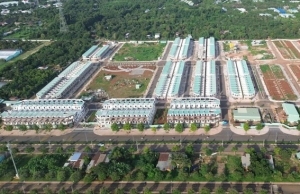 | Dong Nai eyes 10,000 units of social housing by 2025 The southern province of Dong Nai targets some 10,000 units of social housing built by 2025, the provincial Department of Construction said at a meeting on March 21. |
 | PM emphasises need to diversify resources for social housing development Prime Minister Pham Minh Chinh has emphasised the need to diversify resources for social housing development, from the State, the public, society and financial institutions, in order to provide support for both sellers and buyers. |
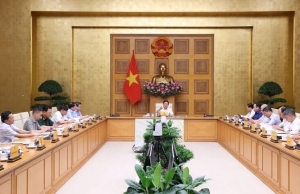 | Deputy PM demands minimising procedures for social housing projects The Ministry of Construction (MoC) has been demanded to coordinate with other ministries and sectors to minimise processes and procedures for implementing social housing projects. |
What the stars mean:
★ Poor ★ ★ Promising ★★★ Good ★★★★ Very good ★★★★★ Exceptional
Related Contents
Latest News
More News
- Trump's trade policies could shape Vietnam's economic outlook: Dragon Capital (November 15, 2024 | 16:56)
- The One Destination partners with Singapore investor and institutional fund to build ESG real estate complex (November 11, 2024 | 10:32)
- Stabilising measures must sit alongside land price hikes (November 07, 2024 | 09:56)
- CapitaLand Development records strong bookings for Orchard Hill (November 07, 2024 | 08:19)
- Public transport and real estate: The rise of Transit Oriented Development (November 05, 2024 | 15:06)
- Funding flows to second-tier localities (November 03, 2024 | 15:24)
- Hanoi has long road to travel in becoming a smart city (November 03, 2024 | 15:00)
- Nam Long Group hands over keys to Akari City Phase 2 (October 30, 2024 | 18:29)
- KTG Industrial expands industrial footprint at Taitronics 2024 (October 29, 2024 | 14:46)
- Deal signed for sustainable development at Prodezi Eco-Industrial Park (October 26, 2024 | 10:02)




 Tag:
Tag: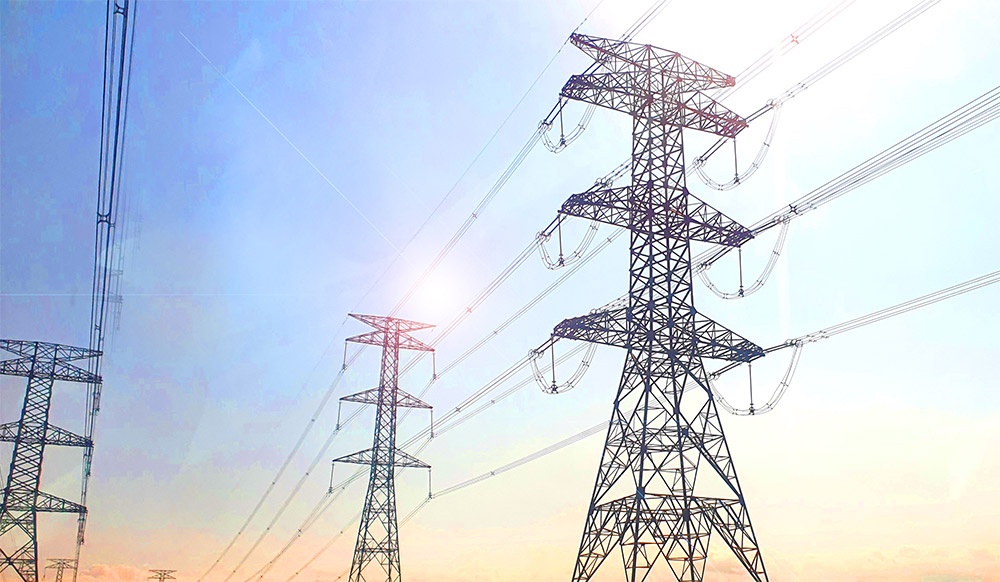

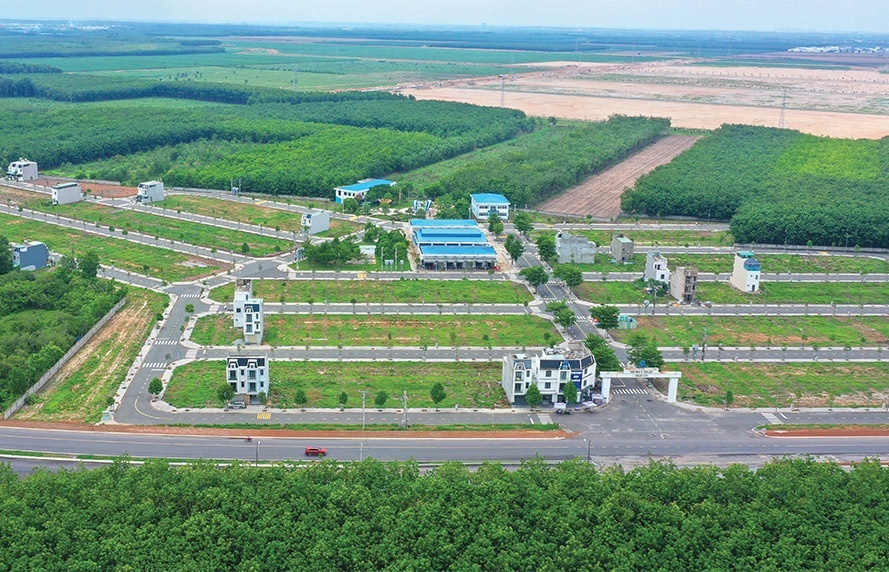

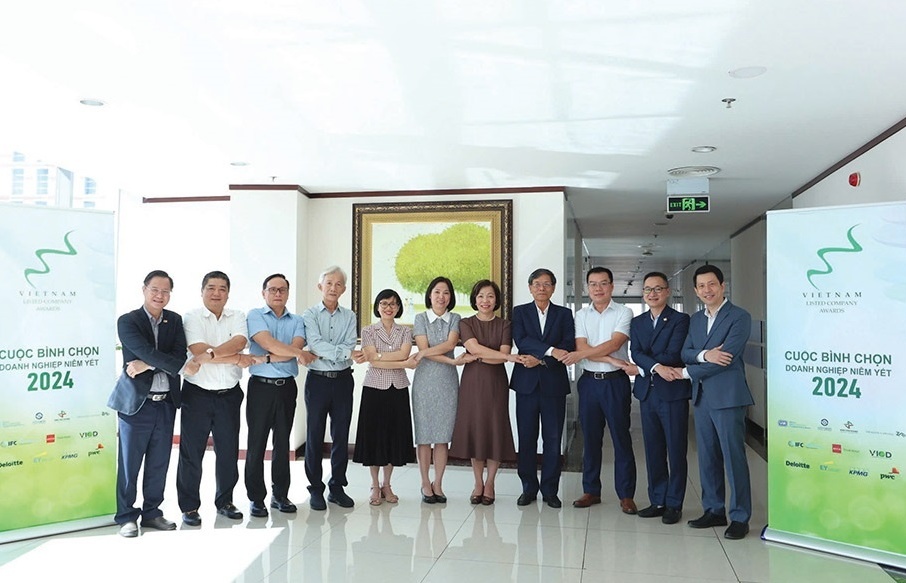



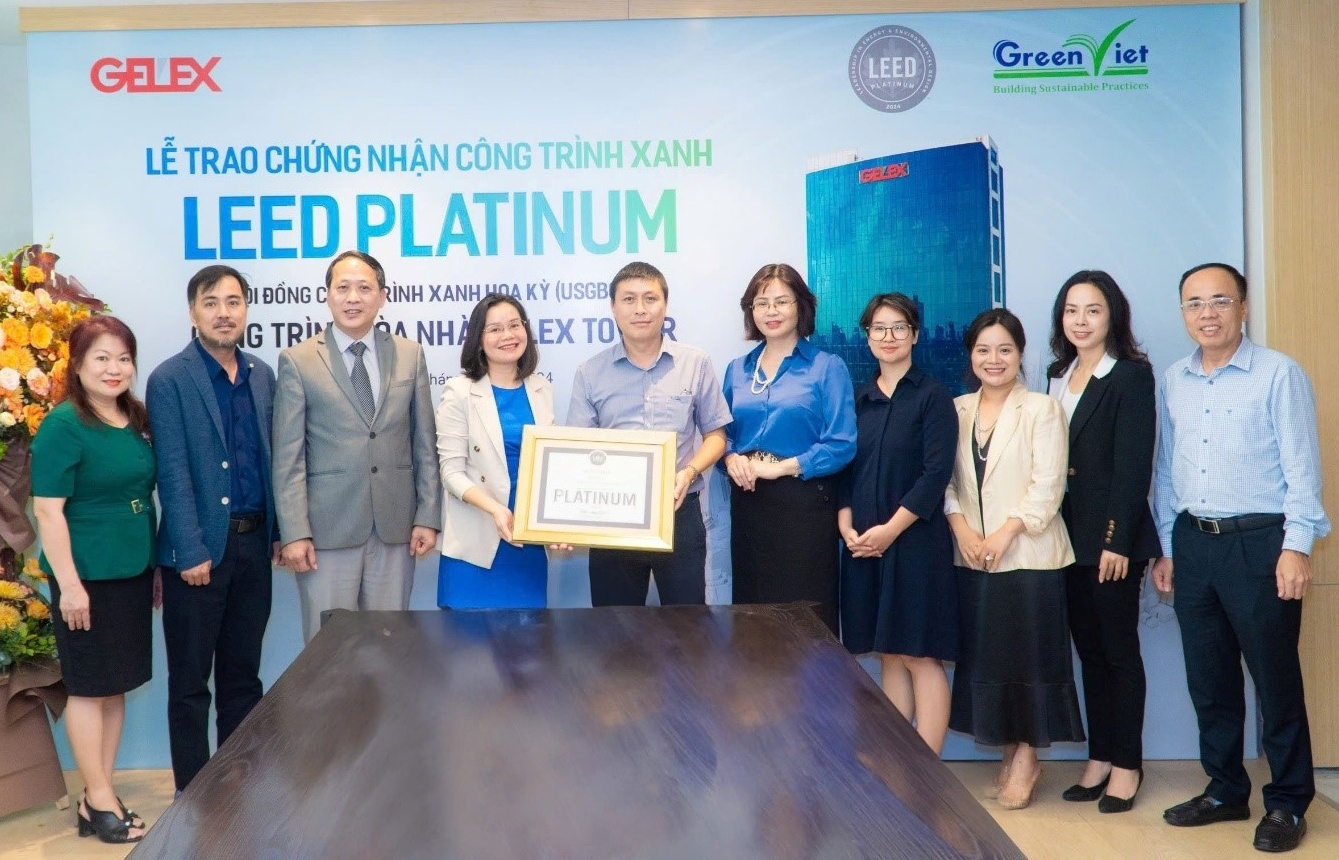
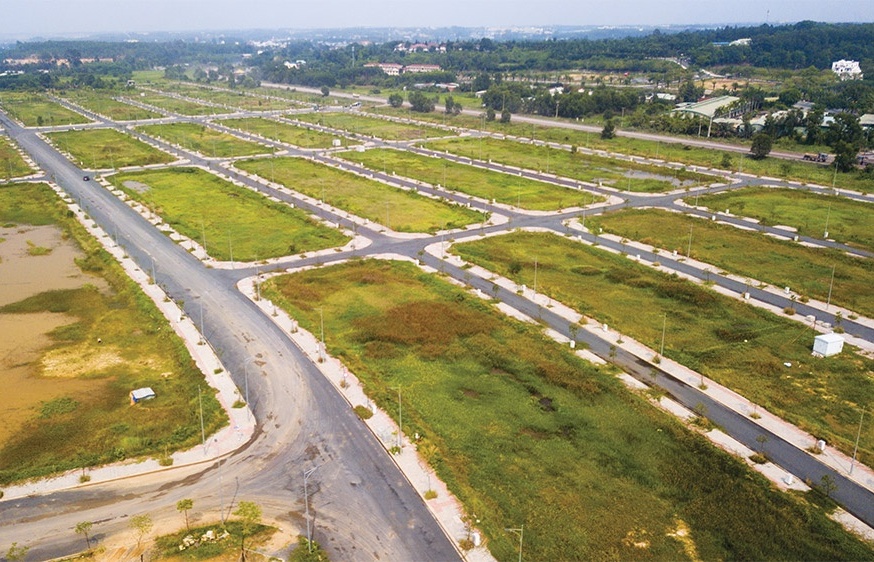
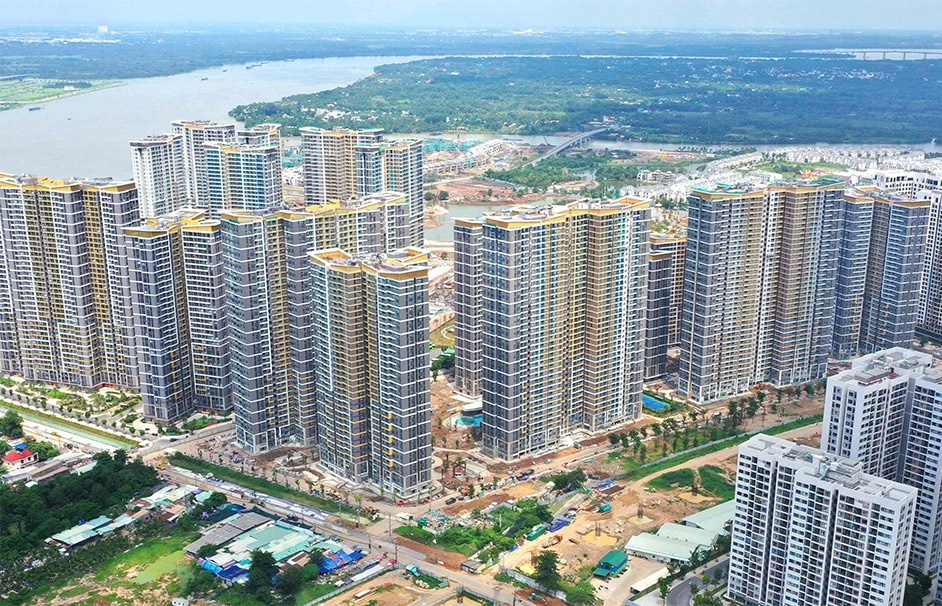









 Mobile Version
Mobile Version